Calcium deficiency is very common these days. Indian diet has a lot of variety. There is no reason to feel low if you are intolerant to dairy or follow a strict vegetarian diet. In this blog, we will give you the 12 best calcium-rich Indian food options. Here in this blog, I am considering –
- Foods which will give decent amount of calcium in per portion
- Suitable for Vegetarian,
- All non dairy options
- Easily available
- Foods where anti nutritional factors can be removed easily
Not only the sources but let’s also understand –
- The right way to have the Indian calcium rich foods for better absorption
- How much of it can you eat in a day
Don’t think you need calcium only for your bone health. It does a lot to run your body. For example –
- Makes your bone and teeth strong
- Helps in muscle contraction and relaxation
- Helps to keep the normal heart beat
- Send and receive nerve signals
- Assist in releasing hormones and other biochemical
- Helps in blood clotting
Top 12 vegetarian non-dairy Indian calcium-rich food –
1.Calcium rich Indian food : Ragi
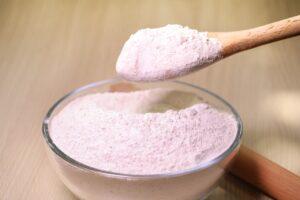
Ragi contains the highest amount of calcium among Indian cereals and cereal products. 100 g of ragi will provide 344mg of calcium.
Please note, ragi is also very high in nutritional factors such as phytate, phytin phosphorous, etc. Raw ragi contains 658mg /100 g of phytic acid and 209 mg/100 g of phytin phosphorous.
These compounds keep the calcium in bound form making it unavailable in your body. That means, eliminating phytic acid, phytin phosphorous, etc is a must to ensure the proper absorption and utilization of its calcium.
Study shows roasting helps to reduce the phytic acid content of ragi up to 61.5%. (1)
How to process ragi to eliminate the anti-nutritional factors?
- Wash ragi grains for 2-3 times
- Soak it for 5-6 hrs
- Drain the excess water
- Spread it over a cotton cloth to absorb the water as much as possible
- Heat the pan
- Roast ragi in low flame for 20 minutes
- Be careful to avoid burning
- Put it in grinder and make the flour
- Store the ragi flour in a glass/ stainless steel container in a cool dry place
or, use sprouted ragi flour
Want to buy sprouted ragi flour online? Click on this link –
How to eat ragi?
Use ragi flour to make roti/ paratha, chilla/ uttapam/ pancake, ragi drink, dosa, idli etc.
How much ragi is safe to consume on a daily basis?
Moderation and variety is the key to good health. 30-50 g of ragi in a day is enough for a healthy adult. This will provide approximately 103 – 172 mg of calcium in a day.
2.Calcium rich Indian food : Rajgira/ Amaranth seed
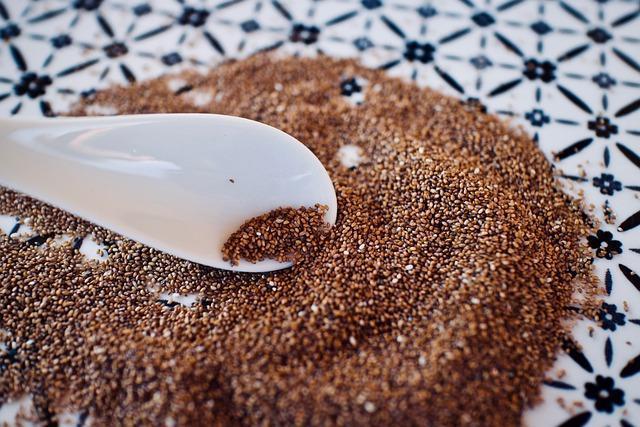
You may call it the desi version of quinoa.
As the name suggests rajgira or amaranth are not exactly cereals but seeds. However, their nutritional profile matches more with cereals than seeds.
There is a variety of amaranth available in India which contains 510 – 223 mg of calcium/100 g.
Rajgira/ Amaranth seeds also contain phytate, tannins as anti-nutritional factors which are best to remove before consumption for maximum availability of calcium. (2)
How to process rajgira/ amaranth to eliminate the anti nutritional factors?
- Wash rajgira seeds for 2-3 times
- Soak it for 5-6 hrs
- Drain the excess water
- Spread it over a cotton cloth to absorb the water as much as possible
- Heat the pan
- Roast it in low flame for 20 minutes
- Be careful to avoid burning
- Put it in grinder and make the flour
- Store the rajgira flour in a glass/ stainless steel container in a cool dry place
Or,
- Wash rajgira seeds for 2-3 times
- Soak it for 5-6 hrs
- Drain the excess water
- Boil the seeds
- Use it in cooking
Want to buy rajgira online? Click on this link –
How to eat rajgira?
- Use boiled rajgira for making upma, porridge, salad, khichri etc
- You can make laddu, chikki with roasted puffed rajgira.
- Consider making roti, paratha, pancake with rajgira flour.
How much rajgira is safe to consume on a daily basis?
Consider having up to 50 g of rajgira in a day. You may include it in 4-5 meals a week. This will provide 255- 110 mg of calcium a day depending on the variety of amaranth seed.
3.Calcium rich Indian food : Rajmah/ Moth/ Brown chana/kulthi dal
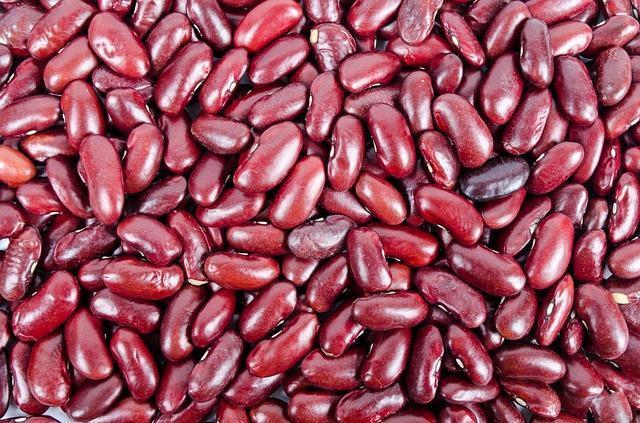
Dal/ legume is an integral part of the Indian diet. It becomes absolutely necessary if you are a vegetarian and can’t consume dairy products.
Rajmah, Moth, brown chana, kulthi dal are four very rich sources of calcium among other varieties of dal.
| Dal | Calcium content (mg/100g) |
| Rajmah | 260 |
| Moth | 202 |
| Bengal gram whole (brown chana) | 202 |
| Horse gram (kulthi dal) | 287 |
Apart from nutritional benefits, these legumes also contain anti-nutritional compounds like oxalic acid, phytic acid, saponin, tannin. These elements hinder calcium absorption. Therefore no matter what, you must process the legumes first to eliminate these factors. (3)
How to process rajmah/ moth/ brown chana/kulthi dal to eliminate the anti nutritional factors?
- Soak it overnight
- Wash thoroughly
- Discard the water
- Cook in open pot instead of pressure cooker
- Remove the white scum coming on top while boiling
Or,
- Soak it overnight
- Wash thoroughly
- Discard the water
- Soak again for sprouting
- Once germination takes place, remove the excess water
- Store in glass/ stainless steel glass container
- Keep it in cool dry place
Want to buy kulthi dal online? Click on this link –
How much of rajmah/ moth/ brown chana/kulthi dal is safe to consume on a daily basis?
You can consume up to 60 g of these legumes in a form of dal/ sabzi or as a part of salad in a day. This will provide you with approximately 120 – 150mg of calcium every day. Higher than this amount, may cause stomach ache and flatulence.
4.Calcium rich Indian food : Soybean
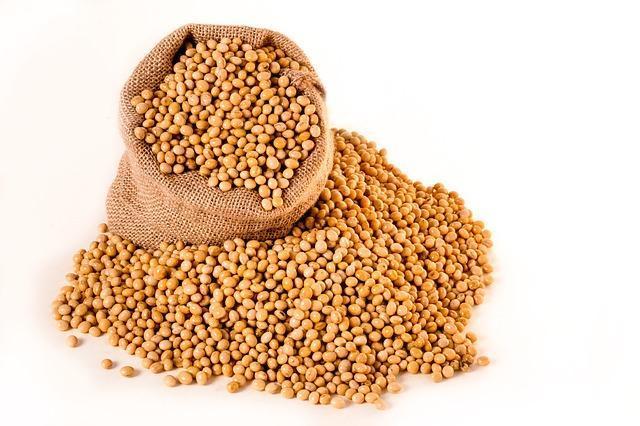
Soybean comes under the pulse/ legume group in the Indian diet. It contains 240 mg of calcium/ 100 g. Just like other pulses, you must eliminate the anti-nutritional compounds like phytates, tannins, trypsin inhibitors, oligosaccharide before consumption.
How to process soybean to eliminate the anti nutritional factors?
If you are going to cook soybean whole –
- Soak it overnight
- Wash it thoroughly next day
- Boil it well
If you are planning to use soy nuggets or soy chunk or soy keema for cooking –
- Boil water
- Add soy chunks and keep it for 3-5 mins
- Drain the hot water
- Soak the chunks in cold water
- Squeeze out the water from the soy chunk
Fermented soy products contain a minimum of anti-nutritional factors. Therefore it’s another wise choice to enjoy the nutritional benefits of soybean.
Want to buy soy chunk online? Click on the link –
How much of soybean is safe to consume on a daily basis?
You can have 30-40 g of soybean daily as a part of a balanced diet. This will provide 100- 120 mg of calcium every day..
5.Calcium rich Indian food : Amaranth/ Cauliflower green/ Agathi
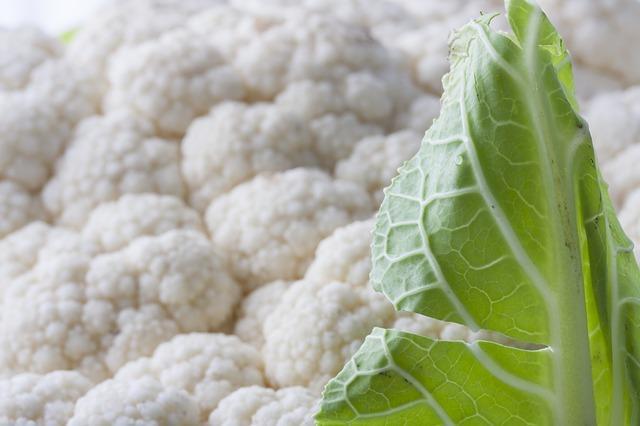
Green leafy vegetables are a rich source of calcium. Please note they are also rich in oxalates which hamper calcium absorption. Therefore you must pick the right green and treat it well before consumption.
Amaranth, cauliflower green, and agathi are 3 greens containing very high amounts of calcium.
There is a various variety of amaranth available in the Indian market. The calcium content varies from species to species but moreover, all are rich in calcium.
Cauliflower green is commonly considered kitchen waste. However, it is one of the easy, cheap options of green to ensure calcium supply.
| Greens | Calcium content (mg/100g) |
| Amaranth | 800-200 depending on the species |
| Cauliflower green | 626 |
| Agathi | 1130 |
How to process greens to eliminate the anti nutritional factors?
Indian cooking methods require high temperatures. Oxalate content reduces drastically by boiling or steaming. (4)
- Discard the rotten leaves from the branch
- Wash greens repeatedly with excess water
- Chop it
- Steam/ boil it well for making sabji
How much of green is safe to consume on a daily basis?
Greens contain more than 80% of water. Therefore after cooking in get markedly reduced in quantity. 100-150 g of raw green is enough for a day. Remember to cook it well to ensure the utilization of 100 -500 mg of calcium depending on the variety you pick.
6.Calcium rich Indian food : Garden cress seed

Aliv or halim or chndrasur or garden cress seed is one of the underutilized yet powerful sources of calcium. 100 g of this seed contains 377 mg of calcium. Garden cress seed is also high in phytate content which reduces calcium absorption. Therefore the elimination of phytate is very important before intake.
How to process greens to eliminate the anti nutritional factors?
- Soak the seed for 5-6 hrs
- Discard the water
- Wash for few times
- Use it for cooking
Want to buy garden cress seed online? Click on the link –
How much of green is safe to consume on a daily basis?
Consider having 1 tsp to 1 tbs (5- 15 g) of garden cress seed for improving your calcium level. The seed is very hot in nature. Therefore the ideal time to have this is during winter.
You may use this for making chikki or laddu. You can also boil the soaked seeds and use them in smoothies.
7.Calcium rich Indian food : Gingelly seed
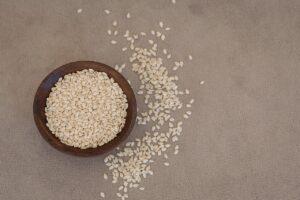
Gingelly seed or sesame seed contains 1450 mg of calcium per 100 g which is the highest among the Indian nuts and seeds category. This pocket-friendly powerful food is one of the best calcium-rich Indian food options. However, the seed is very high in its oxalic acid content. It has 1700mg of oxalic acid per 100 g. That means until you process the seed well, calcium from the sesame seed will not be available for your body.
How to process greens to eliminate the oxalate?
- Soak the seeds overnight or at least for 5-6 hours
- Wash it well
- Use it in cooking
Or,
- Roast the seeds for 20 minutes on low flame
- Be careful to avoid burning
- Store it in a clean glass/ stainless steel jar
- Keep the jar in a cool dry place
Want to buy sesame seed online? Click on this link –
How much of gingelly seed is safe to consume on a daily basis?
Consider having 1 tsp to 1 tbs (5 to 15 g) of sesame/gingelly seed in a day which will ensure 218 to 435mg of calcium. You may add it while making roti dough. You can also sprinkle it on top of your salad, smoothie, or sabzi. Til laddu/ til chikki are another good option to ensure the consumption of gingelly seed.
8. Calcium rich Indian food : Coconut dry
Dry coconut is another excellent source of calcium if you are looking for dairy-free, vegetarian options. 100 g of dry coconut contains 400 mg of calcium.
Want to buy coconut dry online? Click on the link –
How much of dry coconut is safe to consume on a daily basis?
Dry coconut is also rich in fat and high in calories. Therefore, limited inclusion in daily diet is the best. You may consume 20 – 25 g of dry coconut in a daily diet which will give you approximately 80- 100 mg of calcium.
9.Calcium rich Indian food : Banana
Banana contains 116 mg of calcium per 100 g. It is one of the pocket-friendly, easy-to-eat calcium-rich Indian food. The amount may not look much. But remember having a big banana daily is the most doable part of your diet which will ensure you 100-120 mg of calcium. The best part is banana does not contain many anti-nutritional factors. Therefore it needs no treatment like ragi or other pulses.
You can have a banana in the morning or may add this in a smoothie or any other baked preparation.
10.Calcium rich Indian food : Bael
Beal or stone apple is one of the Indian fruit you must consider consuming on hot summer days. 100 g of bael fruit contains 137 mg of calcium. Therefore having bael panna or bael murabba is a great way to ensure a decent amount of calcium in the daily diet.
11.Calcium rich Indian food : Dates dry
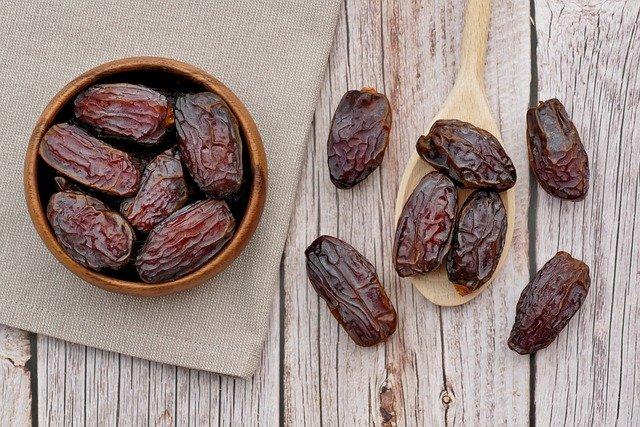
Dry dates are another rich source of calcium. 100 g of dry dates contain 317 mg of calcium. Dates are also rich in sugar. Therefore having 3-5 dates is enough to bring a balance to the diet. It will ensure about 100-160 mg of calcium.
Want to buy dry dates online? Click on the link-
12.Calcium rich Indian food : Poppy seed
Poppyseed or posto or khuskhus is another calcium-rich Indian food. But needless to say, it also gives a huge pocket pinch these days. If possible, you may consider using 15 -20 g of poppy seeds in cooking. This minimum amount will be able to provide you with 320 mg of calcium.
Don’t forget to soak the poppy seeds in water for 1-2 hrs. Wash it well and then use it for making sabzi.
Want to buy poppy seed online? Click on the link –
How much calcium do you need?
| Age group | Calcium required (mg/day) |
| Men & Women | 800 |
| Pregnant women | 800 |
| Lactating women | 1200 |
| Children (1-3 yrs) | 400 |
| Children (4-6 yrs) | 450 |
| Children (7-9 yrs) | 500 |
| Boys & Girls (10-12 yrs) | 650 |
| Boys & Girls (13-15 yrs) | 800 |
| Boys & Girls (16-18 yrs) | 850 |
Data source: ICMR- NIN EAR for Indians guideline 2020
Possible reasons for your calcium deficiency?
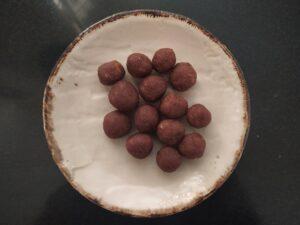
Calcium-rich laddu with sesame seed, garden cress seed, jaggery and dry coconut
Have you ever tried to figure out why are you calcium deficient? What is a lack in your diet? Well, lack of food may not be the reason always. Check the possible reasons below-
Lack of intake of right food in daily diet
Pick the right food and eat smart. No matter whether you are vegetarian or non-vegetarian, intolerant towards a dairy product or not, you still have a lot of food choices that are rich in calcium.
Lack of absorption of calcium
- Whole grain, bran etc are not only high in fiber but also contain very high amount of phytic acid. Phytic acid binds with calcium and makes it difficult to absorb in the body. so nomatter how much of calcium rich Indian food you include in diet, removal of phytic acid, oxalic acid are the most.
- Not only phytic acid, caffeine in tea, coffee, soda drink also hampered the calcium absorption. So if you drink multiple cups of tea/ coffee/ soda drink in a day, you must try to limit it.
- Consumption of high sodium foods like bhujia/ salty biscuits/namkeen/ instant noodles/ instant pasta/ instant popcorn/ instant juice etc also disturbs calcium absorption.
- If you are deficient in vitamin D, there is a chance of reduction in your calcium absorption. Therefore, eating egg yolk, vitamin D fortified foods, regular 20 minutes exposure to sunlight are few essential steps to follow.
- Smoking also hampers calcium absorption.
Increased demand during specific phase of life
Women need more calcium during the lactation period. The requirement for calcium also increases during the growing age of the kids. The diet should cater to the increasing need for vitamins and minerals.
Bottom line
There are many calcium-rich Indian foods. If you are vegetarian and avoid milk products for some reason, you don’t have to be sad. There are still many options left. Make sure you treat the food well before consumption to remove the anti-nutritional factors if any. Don’t forget to spend at least 20 minutes under the sun for vitamin D. No matter how much calcium-rich foods you have, if you are deficient in vitamin D, you have to fix it first to improve your calcium level.

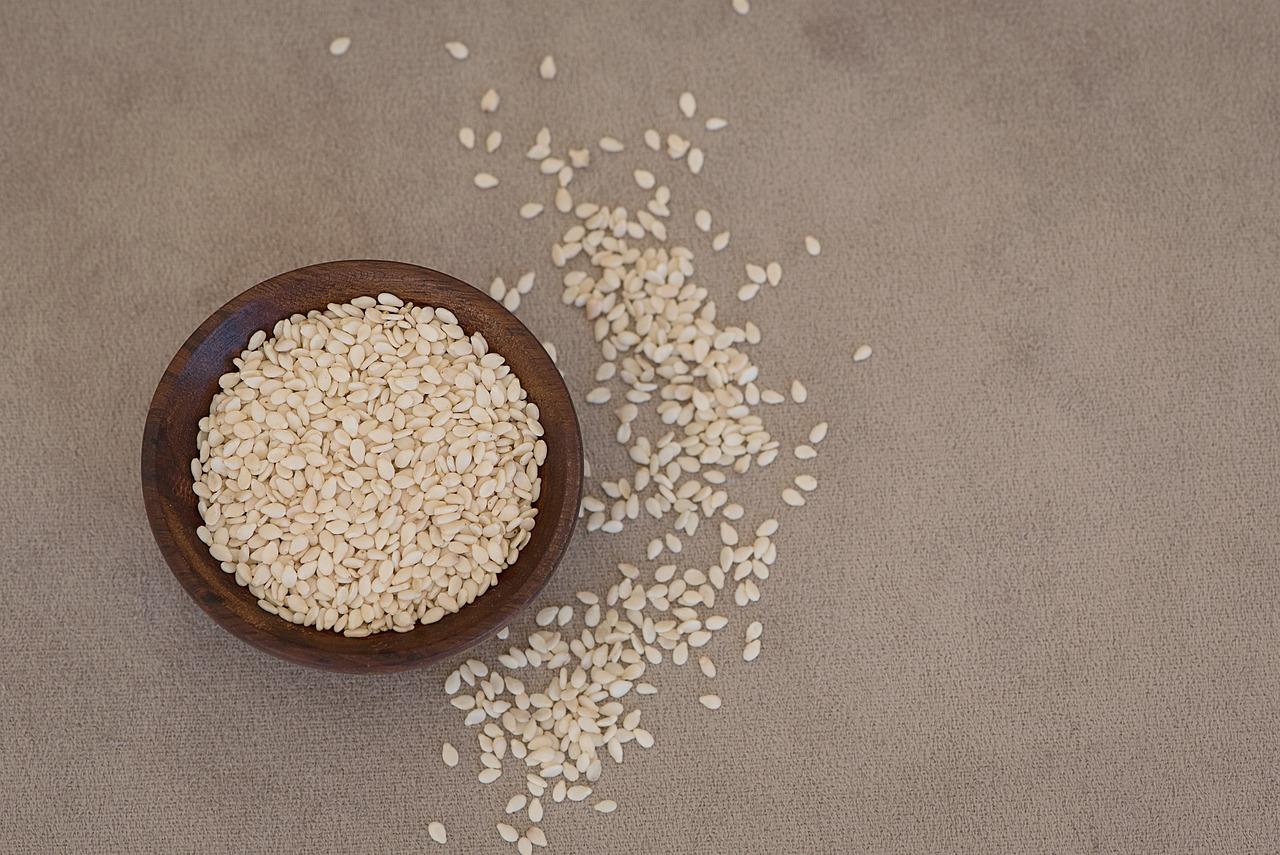
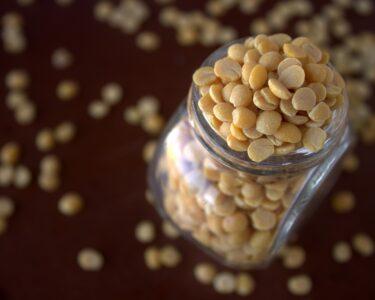

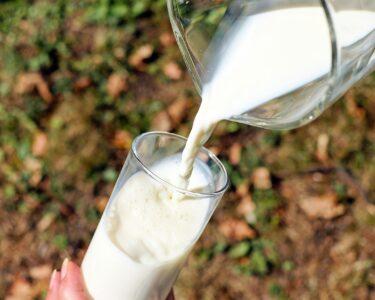
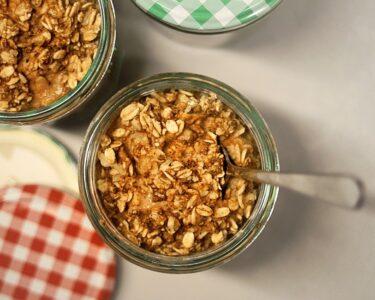
8 Comments